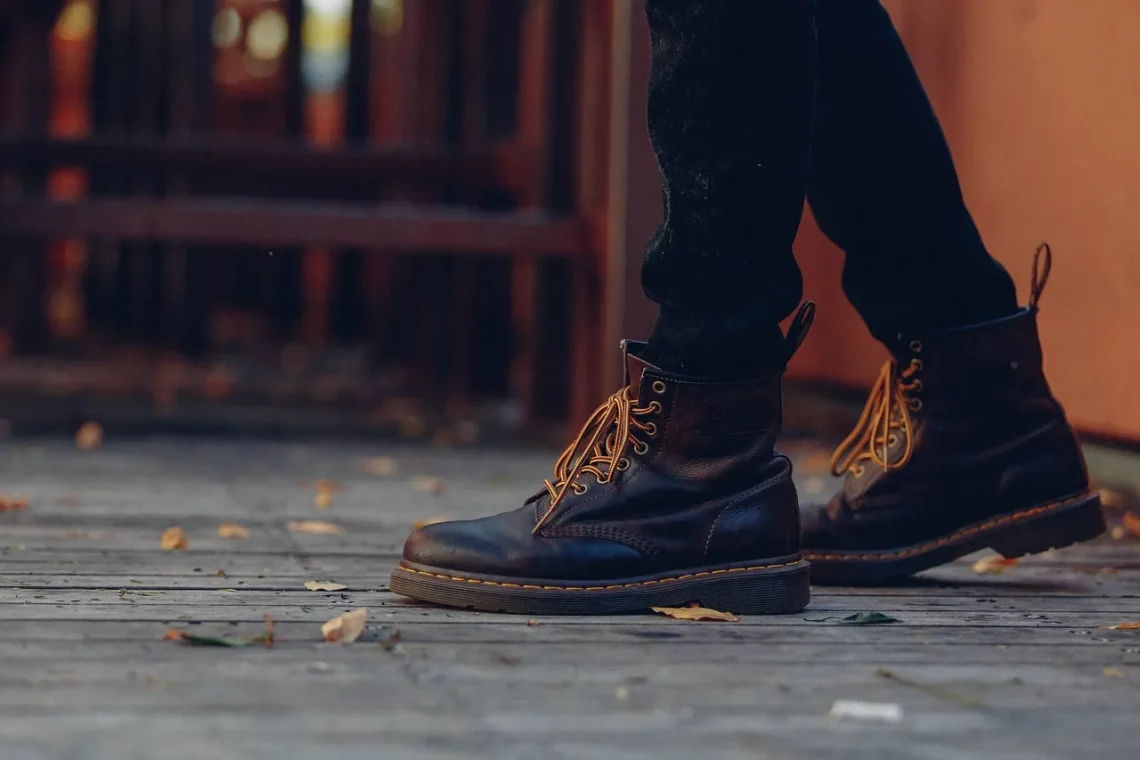
Essential Guide to Choosing the Best Mens Composite Toe Shoes
When it comes to workplace safety and comfort, choosing the right footwear is crucial. For many professions, especially those that involve physical labor or hazardous environments, composite toe shoes have become a popular choice. These shoes provide the necessary protection without the added weight of traditional steel-toe footwear. Composite materials are designed to be lighter, making them an excellent option for those who spend long hours on their feet.
In addition to safety features, men’s composite toe shoes come in a variety of styles and designs, ranging from rugged work boots to sleek sneakers. This versatility allows wearers to choose footwear that not only meets safety standards but also complements their personal style. With advancements in technology and materials, many brands now offer composite toe shoes that provide exceptional comfort, breathability, and support.
Whether you’re in construction, manufacturing, or any other industry where foot protection is paramount, understanding the various aspects of composite toe shoes can significantly impact your decision-making process. With so many options available, it’s essential to consider factors such as fit, style, and functionality. This guide aims to provide you with the essential information needed to make an informed choice when selecting the best men’s composite toe shoes for your needs.
Understanding Composite Toe Technology
Composite toe technology has revolutionized the way safety footwear is designed and manufactured. Unlike traditional steel toes, composite toes are made from non-metal materials such as Kevlar, carbon fiber, or fiberglass. This innovative design not only reduces the weight of the shoe but also enhances comfort and flexibility.
One of the primary benefits of composite toe shoes is their resistance to temperature extremes. Unlike steel, composite materials do not conduct heat or cold, making them ideal for environments with fluctuating temperatures. This feature helps to keep your feet comfortable, regardless of the weather conditions. Additionally, composite toe shoes are less likely to set off metal detectors, which can be a significant advantage in certain workplaces.
Another important aspect of composite toe technology is its ability to provide the same level of protection as steel-toed shoes. In fact, many composite toe shoes meet or exceed ASTM safety standards, ensuring that your toes are protected from impact and compression injuries. This level of safety is crucial in industries such as construction, where heavy objects are frequently handled.
Furthermore, composite toe shoes often come with additional safety features, such as slip-resistant soles and electrical hazard protection. These attributes provide an extra layer of security for workers in potentially dangerous environments. As you explore your options, understanding the advantages of composite toe technology can help you make a more informed decision about your footwear.
Choosing the Right Fit and Style
When it comes to selecting the perfect men’s composite toe shoes, fit and style are two critical factors to consider. A proper fit is essential for ensuring comfort and support throughout the day. Ill-fitting shoes can lead to a range of issues, including blisters, calluses, and even long-term foot problems.
To find the right fit, it’s essential to measure your feet accurately. Many people underestimate their shoe size, so it’s worth taking the time to measure both length and width. Remember that foot size can change over time, so it’s a good idea to measure regularly. When trying on composite toe shoes, make sure there is enough room in the toe box to wiggle your toes comfortably. A well-fitted shoe should feel snug but not tight, with adequate arch support.
In addition to fit, style plays a significant role in your choice of footwear. Composite toe shoes come in various designs, from traditional work boots to more modern athletic styles. Consider your workplace environment and personal style when making your selection. If you work in a more formal setting, you might prefer a sleek, polished look. On the other hand, if your job is more labor-intensive, a rugged boot may be more suitable.
Another aspect to consider is the color and material of the shoes. While black and brown leather are classic choices, there are also plenty of options in synthetic materials that offer breathability and water resistance. Selecting a color and style that you feel confident in can enhance your overall comfort and satisfaction with your footwear.
Evaluating Comfort and Performance Features
Comfort and performance features are critical elements to consider when choosing men’s composite toe shoes. After all, you’ll likely be wearing these shoes for long hours, and a comfortable fit can make a significant difference in your overall work performance.
Look for shoes that offer cushioning and support, particularly in the insole and midsole. Many brands now incorporate advanced cushioning technologies to absorb shock and reduce foot fatigue. A padded collar and tongue can also enhance comfort, providing additional support around the ankle.
Breathability is another essential factor to consider. Shoes with mesh panels or moisture-wicking linings can help keep your feet dry and comfortable throughout the day. This is especially important in hot or humid work environments, where excessive sweating can lead to discomfort and even foot odor.
Additionally, tread pattern and grip are vital for safety and performance. Shoes with slip-resistant soles can help prevent accidents on wet or oily surfaces, reducing the risk of slips and falls. If you work in a construction zone or similar setting, look for shoes that provide excellent traction.
Finally, consider any additional features that may be beneficial for your specific job. Some composite toe shoes come equipped with electrical hazard protection, puncture-resistant soles, or waterproof materials. Evaluating these features alongside comfort can help you find the perfect pair of shoes that meets your workplace requirements.
Maintaining Your Composite Toe Shoes
Proper maintenance of your composite toe shoes can extend their lifespan and ensure they provide the protection and comfort you need. Regular care not only helps keep the shoes looking good but also preserves their structural integrity.
Start by cleaning your shoes regularly. Remove dirt and debris after each use to prevent buildup that can damage the material. Use a soft brush or damp cloth to wipe away any dirt, and for tougher stains, a mild soap solution works well. Avoid submerging your shoes in water, as this can compromise the materials and lead to premature wear.
It’s also essential to dry your shoes properly if they get wet. Remove the insoles and let them air dry in a well-ventilated area, away from direct heat sources. Stuffing your shoes with newspaper can help absorb moisture, but be sure to remove it after a few hours to prevent mold growth.
Inspect your shoes regularly for signs of wear and tear. Pay attention to the soles, seams, and the composite toe area. If you notice any damage, it’s best to address it promptly to prevent further deterioration. In some cases, replacing worn insoles or laces can significantly enhance the comfort and performance of your shoes.
By maintaining your composite toe shoes, you ensure they remain a reliable part of your safety gear, providing you with the protection and comfort needed for your work environment.
In conclusion, choosing the right men’s composite toe shoes involves careful consideration of various factors, including technology, fit, style, comfort, and maintenance. By understanding these aspects, you can make an informed decision that enhances your safety and comfort in the workplace.
**Disclaimer**: This article is for informational purposes only and should not be considered medical advice. Always consult a qualified healthcare provider for any health-related issues or concerns.




